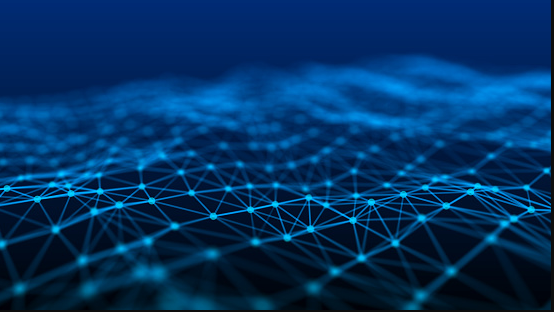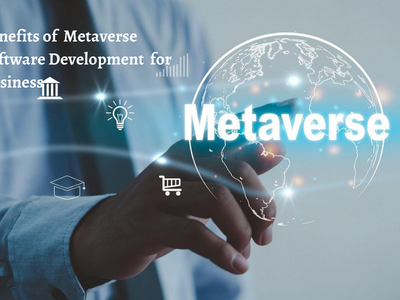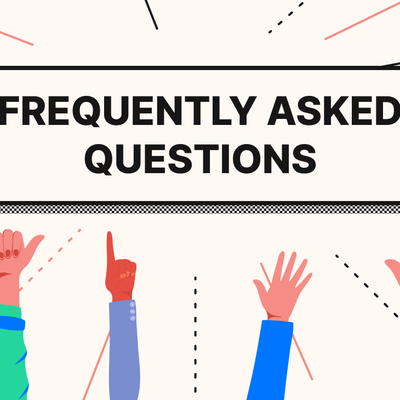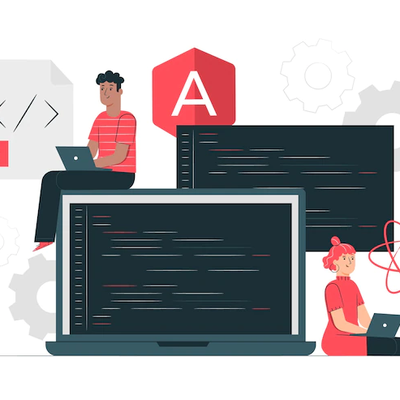Quick changes have been made from the original Internet, known as Web1, which only allowed for static text and images, to the contemporary Internet, known as Web2. In the Web3 era, which we are now entering, ownership and control of data and assets are dispersed among various decentralized platforms. But what other capabilities does Web3 have? How does it vary from Web2? In this article, we will explore the similarities and contrasts between these two ideas, as well as their potential applications.
The popularity of Web3 in the digital sphere is rising. As interest in blockchain and related security technologies grows, so does its appeal. Since Web3 is bound to become the standard in the not-too-distant future, it's time to examine its predecessors and learn about the key differences between them.
The technology is still in its infancy, thus it may benefit users to familiarise themselves with the concept before trying to apply it.
EPAM Systems' leader for business consultancy, Alexandra Pitkevich, offers a pithy explanation of the differences between the two types of online platforms. The birth of social media along with the introduction of Web 2.0 heralded the beginning of the era of user-generated content. In previous incarnations, all records were kept on servers controlled by large organizations. The user may have been the one who initially created the material, but they are not the legal owner.
Why do we need to know the distinction between Web2 and Web3?
Though Web 2.0 and Web 3.0 share some technological DNA, they take very different approaches to the same problems. The primary difference between Web 2.0 and Web 3.0 is that the latter emphasizes content creation rather than merely consumption (Semantic Web). The latter is preferable because it makes use of technology to improve online safety while also facilitating communication amongst web users.
Web2's emphasis on interpersonal connections is complemented by web 3.0 developer emphasis on the meaningful integration of data and the reinforcement of trust. This is a natural consequence of decentralization. Below is a list of additional distinctions:
Internet 2 transactions are conducted with "real world" currency. Transactions are conducted using fiat currencies issued by central banks and governments. Web3 on the other hand relies on cryptocurrency exchanges funded by encrypted digital currencies like Bitcoin and Ethereum.
Who owns the content?
With Web 2.0, the network takes charge of data storage, which raises questions about privacy and security. Web 3.0 addresses this issue by facilitating simultaneous data flow across several nodes.
- Speed
Transfer speeds over Web 2 are far higher than those over Web 3. Web 2 uses HTTP in certain web addresses to look for data that is stored permanently, typically on a single server. Unlike Web2, however, Web3 shares ownership with a large group of people (decentralization).
- Technology
Common Web2 technologies include AJAX, JavaScript, HTML5, and CSS3. Web3 is driven by machine learning (ML), the semantic web (SW), and decentralized technologies (DLT).
Content from podcasts, social bookmarking, blogs, RSS feeds, and video sites are all examples of applications on Web2. The third generation of the World Wide Web makes use of artificial intelligence and machine learning to power apps, virtual worlds, and 3D portals.
In what ways does Web3 help you?
Web3's key benefit to users is its decentralized architecture. In the future iteration of the internet, centralized networks will not be rewarded. Public distributed ledgers help create a more open and honest democratic environment by making spending more visible to the public. In the long run, this will lead to less corruption within corporations. I think it's safe to state that Web3 has the potential to enhance business and government processes. Despite this, the magnitude of the change guarantees that it will be met with opposition.
Among the many potential advantages of Web3, decentralization stands out.
- There should be more personal space
Privacy and anonymity will be more important than monitoring and control in Web 3.0. Customers will be the sole custodians of their information. They can decide to tell others or keep it to themselves.
- Security
It will be more secure than earlier iterations of the Internet because of blockchain development services and its decentralized, self-governing architecture. It will be extremely difficult for hackers to uncover vulnerabilities in the network, and all attempts will be recorded. However, most blockchains have safeguards in place to prevent hackers, and this is especially true in a decentralized system.
Ubiquity Data may be accessed by multiple applications, all devices are connected to the internet, and services can be accessed from anywhere.
The Semantic Web is the next logical step in the development of the World Wide Web. With Semantic Web, using any web-based platform is a better overall experience. Using semantic technologies, end-users can build their digital data warehouses, specify their preferred vocabularies, and set up rules for how to deal with information. RDF, OWL, SKOS, and SPARQL are the technologies used to make linked data possible.
Web 3.0 and Connection Data work hand in hand because of semantic content, which improves the user experience and takes connectivity to a new level by making use of any available data.



















![10 Best Instagram Story Viewers in 2023 [Anonymous And Free]](https://img2.likefm.org/400/https://likefm.org/storage/posts/2023/02/21/78/VTTIAtPlhidpKbNsRka20X0V6jfPsag7gZhMyltC.png)




Comments (1)